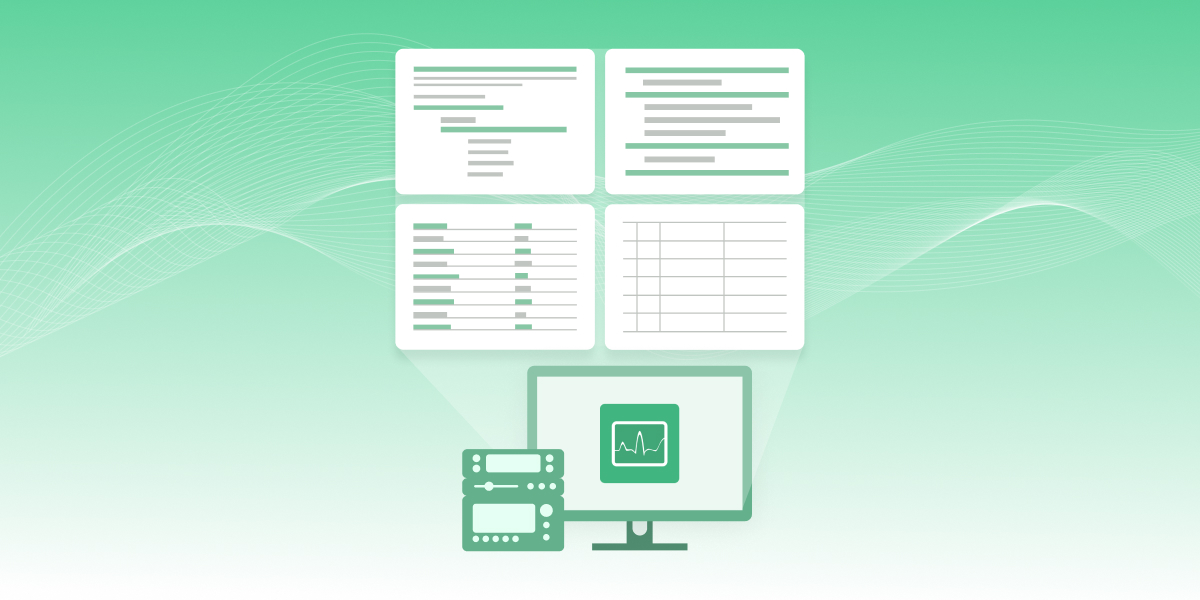Hello,
I have a system that sends data from a micro( various, so not B4R compatible) down serial in response to a request from the PC, all in plain ASCII.
Example Request = ? ( No CRLF needed)
Response is in form of a number of channels (Label)(ASCII Value+ or-)( : delimiter) again no CRLF needed
eg send ? response A-123;B65;C123245678; etc
This all seemed to work fine when I did it via keyboard, after I modified to send CRLF by using Chat example and doing a select case looking for specific labels as in
So I then set up a timer to issue a '? CRLF' every 200mS, and it crashes after 6-12 readings with an out of range error in i in temp =temp bit. ( Im running at 115200 baud so should be able to cope with 20 characters in this time)
When run the log shows a length of 20 ( correct ) most of time, but sometimes reports 2 numbers that add up to 20 eg, 13 then 7. I don't understand how the buffer is being filled. I sorta assumed that it wait till it got a CFLF so length should always be same.
I cant see a way of controlling the reading of the bytes, or putting in to a smart string to extract each channel data, though Im sure its dead easy when you know what you are doing. Any suggestions please.
Steve
I have a system that sends data from a micro( various, so not B4R compatible) down serial in response to a request from the PC, all in plain ASCII.
Example Request = ? ( No CRLF needed)
Response is in form of a number of channels (Label)(ASCII Value+ or-)( : delimiter) again no CRLF needed
eg send ? response A-123;B65;C123245678; etc
This all seemed to work fine when I did it via keyboard, after I modified to send CRLF by using Chat example and doing a select case looking for specific labels as in
B4X:
Sub AStream_NewData (Buffer() As Byte)
Dim s As String = BytesToString(Buffer, 0, Buffer.Length, "UTF8")
Dim i As Int = 0
Dim length As Int
length = s.Length
Dim temp As String
Select s.CharAt(i)
Case "X"
Do While (s.CharAt(i+1)<>";")
i=i+1
temp = temp & s.CharAt(i)
Loop
lblXval.Text=temp
'add extra cases
End Select
Log(length)
'LogMessage("You", temp)
End SubSo I then set up a timer to issue a '? CRLF' every 200mS, and it crashes after 6-12 readings with an out of range error in i in temp =temp bit. ( Im running at 115200 baud so should be able to cope with 20 characters in this time)
When run the log shows a length of 20 ( correct ) most of time, but sometimes reports 2 numbers that add up to 20 eg, 13 then 7. I don't understand how the buffer is being filled. I sorta assumed that it wait till it got a CFLF so length should always be same.
I cant see a way of controlling the reading of the bytes, or putting in to a smart string to extract each channel data, though Im sure its dead easy when you know what you are doing. Any suggestions please.
Steve

